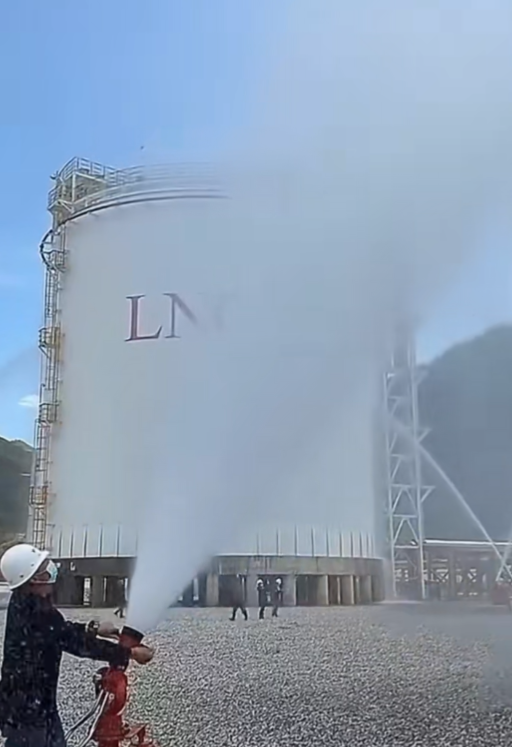Foam fire monitors are essential tools for combating large-scale fires, particularly in industrial settings, oil refineries, and chemical plants. The effectiveness of these systems hinges on the foam solution concentration—a critical parameter that directly impacts fire suppression efficiency and operational costs. This article aims to demystify the standard foam solution concentrations, explore how users can select the most suitable concentration, and provide insights into cost-saving strategies.

Standard Foam Solution Concentrations
Industry standards and regulatory guidelines outline recommended foam solution concentrations based on the type of fire (A, B, or polar solvent) and the specific foam agent used. Here are the common concentrations:
Aqueous Film-Forming Foam (AFFF):
Class B Fires (Flammable Liquids): Typically 3% or 6% concentration.
Class A Fires (Solid Fuels): 1% to 3% concentration is common.
Protein Foam:
Hydrocarbon Fires: 6% concentration is standard.
Film-Forming Fluoroprotein Foam (FFFP):
High-Risk Hydrocarbon Fires: 3% or 6% concentration.
Synthetic Foam (e.g., SFF):
Polar Solvent Fires: 6% concentration is preferred.
Key Considerations for User-Specific Selection
Selecting the optimal concentration requires a user-centric approach, considering factors such as:
Type of Fuel and Fire Class
For hydrocarbon fires (e.g., gasoline, diesel), 6% AFFF or FFFP is effective due to rapid foam spread and hydrocarbon resistance.
Polar solvent fires demand 6% SFF to prevent foam breakdown.
Class A fires (wood, paper) benefit from 1–3% AFFF for enhanced water retention.
Fire Risk Assessment
High-risk facilities (e.g., oil terminals) should prioritize 6% concentrations for faster knockdown.
Lower-risk environments may opt for 3% to balance cost and effectiveness.
System Design and Foam Monitor Capacity
High-flow monitors (≥2000 L/min) often use 3% due to volume requirements.
Smaller systems can efficiently utilize 6% without excessive solution costs.
Environmental and Regulatory Compliance
Biodegradable foams (e.g., some AFFF) may require specific concentrations to meet eco-regulations.
Local fire codes may mandate minimum concentrations for certain hazards.
Cost-Efficiency Strategies for Users
Minimizing costs while maintaining efficacy involves:
1. Concentration Optimization
Right-sizing: Choose the minimum effective concentration (e.g., 3% vs. 6%) for non-critical applications.
Testing & Validation: Conduct small-scale fire tests to confirm the efficacy of lower concentrations.
2. Solution Storage & Mixing Efficiency
Centralized Mixing Systems: Automated foam proportioners ensure precise concentration mixing, reducing waste.
Bulk Storage: Economies of scale favor larger concentrate tanks, lowering unit costs.
3. System Maintenance & Training
Regular Equipment Checks: Prevent leaks or比例混合器 malfunctions that waste solution.
Operator Training: Teach personnel to adjust concentrations based on real-time fire conditions.
4. Long-Term Cost Analysis
Compare initial concentrate costs (6% is more expensive per liter) vs. total system costs (3% requires more volume).
Consider concentrate shelf life; some 3% solutions degrade slower, reducing replacement costs.
5. Sustainability & Post-Fire Cleanup
Eco-friendly foams with optimized concentrations minimize environmental remediation expenses.
Conclusion
Selecting the ideal foam solution concentration for fire monitors is a balance of safety, efficiency, and economics. Users must align their choices with fire hazards, regulatory requirements, and system capabilities. By adopting a data-driven approach to concentration selection, implementing efficient mixing technologies, and conducting regular system evaluations, organizations can achieve superior fire protection while optimizing costs. Remember: The "right" concentration is not a one-size-fits-all solution—it’s a tailored strategy that evolves with risk assessments and operational needs.




